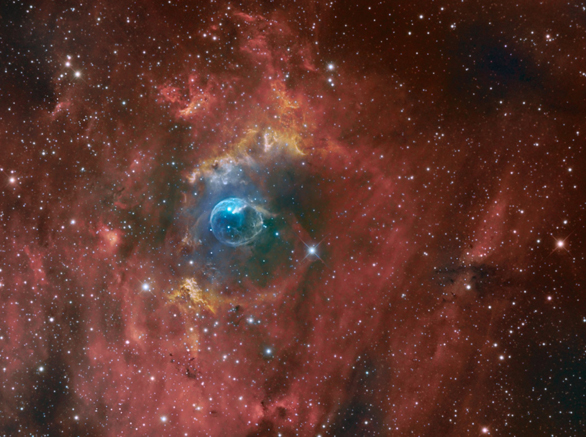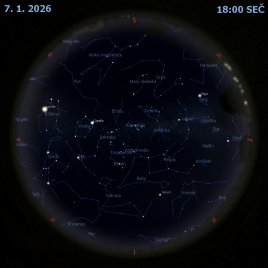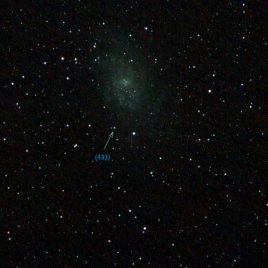Bublinová mlhovina

Uznání a copyright: Bernard Michaud
Toto mezihvězdné zjevení rozfouknuté větrem z hmotné hvězdy má překvapivě dobře známý tvar. Má katalogové označení NGC 7635, nebo také jednoduchý název Bublinová mlhovina. Přes svůj křehký vzhled tato bublina o průměru 10 světelných let nabízí důkazy bouřlivých procesů. Vlevo dole pod středem Bubliny je je žhavá hvězda typu O, která je několiksetkrát svítivější a asi 45 krát hmotnější, než Slunce. Prudký hvězdný vítr a intenzivní radiace z této hvězdy vypálila strukturu zářícího plynu z hustšího materiálu v okolním molekulárním mraku. Spletitá Bublinová mlhovina a s ní spojený komplex mračen se nachází zhruba ve vzdálenosti 11 000 světelných let v chlubivém souhvězdí Kasiopeji (Cassiopeia). Nádherný pohled na kosmickou bublinu vznikl z úzkopásmových dat, která zaznamenala emise ionizovaných atomů vodíku a kyslíku v této oblasti. Pro vytvoření tříbarevného obrazu byly pro červenou a modrou využity emise vodíku a kyslíku a jejich kombinace pak pro zelený kanál.
NASA Official: Phillip Newman Specific rights apply. NASA Web Privacy Policy and Important Notices
A service of: ASD at NASA / GSFC & Michigan Tech. U.
Odkaz na originální APOD


